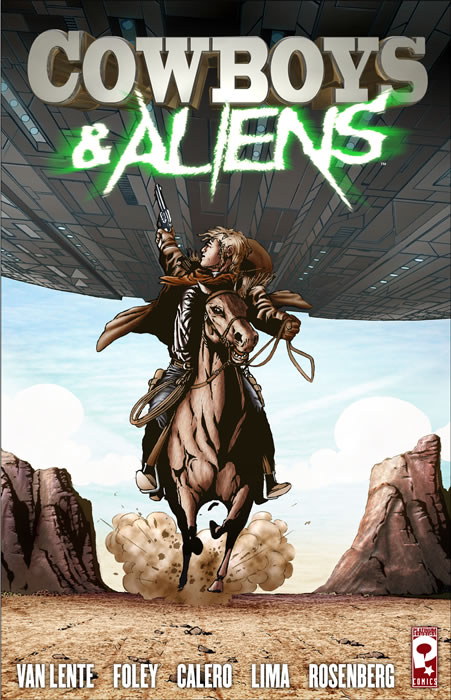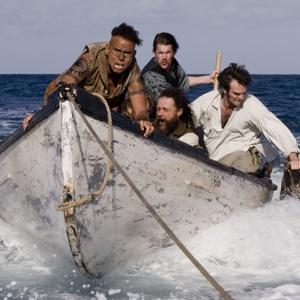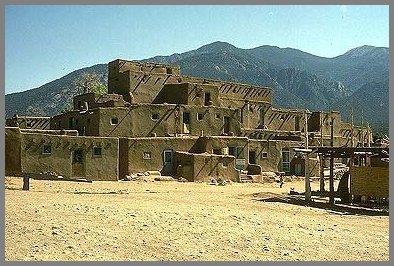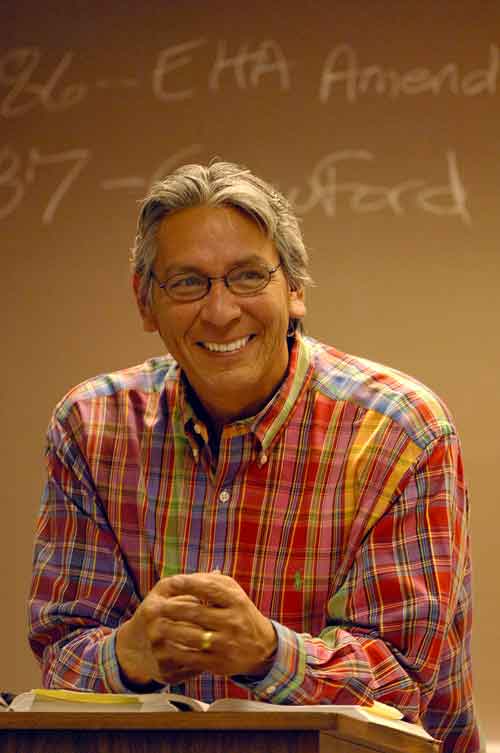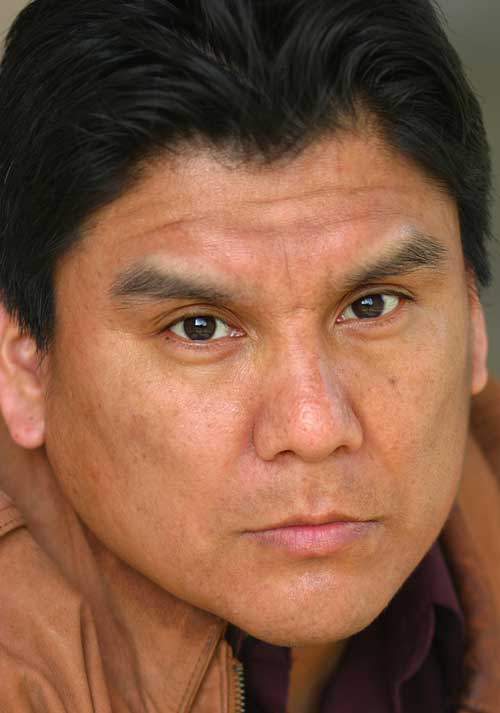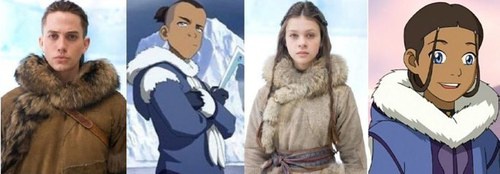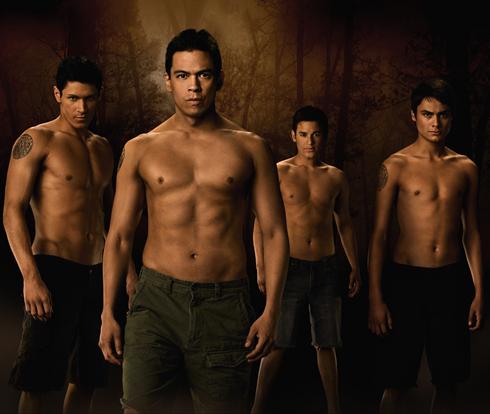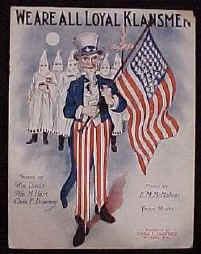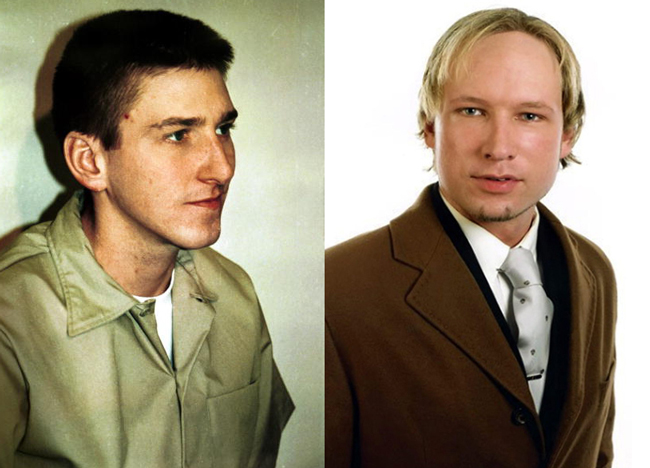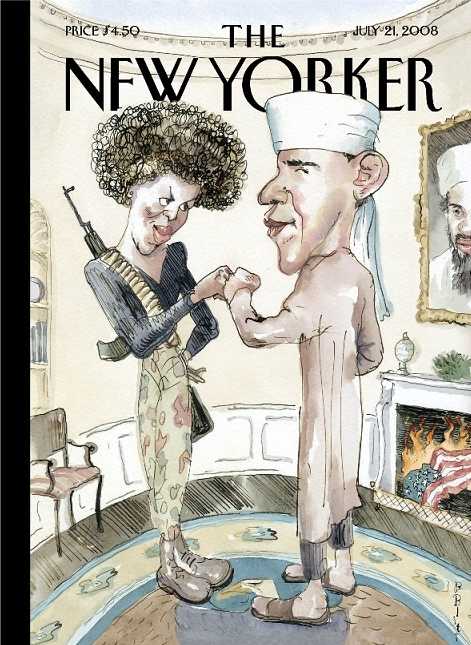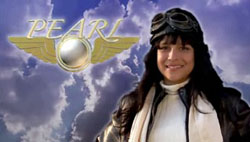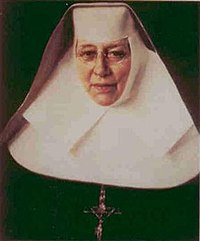When I posted about the
Haida totem pole being raised in the Shuswap Nation's territory, I neglected a couple of issues. The situation is more complex than I thought.
New totem raised in Jasper, in place of nearly century-old landmarkArtists put the finishing touches on the Two Brothers Totem Pole, days before it was erected Saturday, July 16.
By Julia ParrishThe town of Jasper has been without one of its most well-known landmarks after it was found to be unstable. Now a new totem pole stands in its place.
The Jasper Raven Totem Pole was acquired by the Grand Trunk Pacific Railway when it opened a rail line across the mountains to Prince Rupert, British Columbia in 1914.
It was one of a set attained to be erected at the Prince Rupert and Jasper railway stations.
The Raven totem pole was built by a master carver in the Queen Charlotte Islands in the 1870s or 1880s.
Parks Canada tried to save the original totem pole, but it was not salvageable.First, there's the fact that the pole is almost a century old. Even if it's from the "wrong" tribe, it commemorates a historic event. No doubt it's become part of Jasper's culture and life. It's probably a tourist attraction, found on postcards and t-shirts, and so forth.
This case reminds me of the Massasoit statue in Utah. As you may recall, Utah-born sculptor
Cyrus Dallin created a
statue of Massachusetts sachem Massasoit. Utah put it in front of its state capitol to "honor" Indians and Dallin.
I'd say the same thing in this case that I did in that case. You shouldn't eliminate the art because it's in the "wrong" place. But you
can do a couple of things.
One, label it properly so there's no chance of a misunderstanding. It's a Haida pole, from hundreds of miles away, with no connection to local tribes. It's in Jasper, Alberta, for a particular reason. Make sure Jasper's residents know about it. Post the info in city hall and the visitor center, teach it in schools, spread the word online, etc.
Two, move it to a less prominent position. Jasper National Park is too official a location for a cultural error. It makes the pole's existence seem like a government endorsement.
Put it in some unofficial location like a local plaza, park, or schoolyard. Then you have the best of both worlds. Jasper still has its totem pole, but it's not the town's centerpiece. The move serves to deemphasize it.
In its place, put some art or exhibits from the local Shuswap Nation. They should be at the center of Jasper's Native culture, not the distant Haida. As with the Massasoit statue, it's no honor to spotlight Indians if they're the wrong ones. The British wouldn't accept a statue of Napoleon in front of Buckingham Palace, so why should the Shuswap accept this Haida pole?
Pole confirms government's position?The next article confirms that the Simpcw First Nation, a member of the Shuswap Nation Tribal Council, considers the pole a form of government endorsement:
Haida totem pole raises territorial questions for Shuswap bandA totem pole carved by two Haida brothers is erected in Jasper National Park on July 16. The pole has caused concern for the Simpcw First Nation near Barriere because Jasper, Alta., is part of their traditional territory, not that of the Haida.Simpcw First Nation wants the federal government to confirm its territorial status in Jasper National Park.
Chief Nathan Matthew said Sunday the band did not attend the July 16 Parks Day in Jasper that included the erection of a new Haida-carved totem pole to replace a 94-year-old one that had become unsafe.
The area is considered part of the traditional territory of the Simpcw First Nation, but it's hundreds of kilometres from Haida lands.
Matthew said the band has evidence of occupation in Jasper before it was made into a park. If the federal government has proof that has changed, he wants to see it.
"They're denying we have any rights in the park. They're saying the rights were extinguished or surrendered. If they were extinguished, they have to tell us how they did that. If we've surrendered, there should be some documentation. There's nothing on our side of the fence," he said.
Installing a Haida pole in Simpcw traditional territory is seen as non-recognition of the local First Nations' rights, he said. Matthew has written to the federal Environment Minister Peter Kent to get an explanation, as well as making calls to the Haida, who haven't responded.Yes, it sounds like the pole really should go somewhere else. For political as well as cultural reasons.
The government denies that the pole has anything to do with the Shuswap claim. I think we know what a government's word is worth when it comes to Indians. Not much.
And we know how this kind of situation usually plays out. In 10 or 20 or 50 years, a different government says: "Hey, you didn't protest the pole when you had a chance. Now it's too late. The pole's continued presence proves you didn't care about this land. Therefore, you've forfeited your claims."
For all these reasons and the original one--that it's stereotypical--the pole should go. Move it and replace it with something that belongs there.
For more on
totem poles, see
Spokane Tribe Replaces "Totem" Art and
Goofy Moments in GREEN LANTERN #79.
Below: "Artists put the finishing touches on the Two Brothers Totem Pole, days before it was erected Saturday, July 16."

